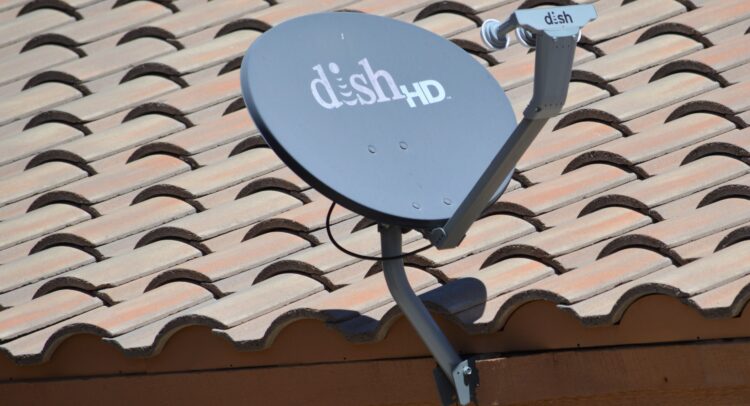Remember when Dish Network and Echostar (NASDAQ:SATS) broke up? It seemed like a good idea at the time to allow Dish to pursue television and Echostar to pursue satellite internet access. However, it didn’t seem to work out quite well, and now the two are back together. The deal closed on December 31, and Echostar was down just over 1% in the closing minutes of Tuesday’s trading.
Elevate Your Investing Strategy:
- Take advantage of TipRanks Premium at 50% off! Unlock powerful investing tools, advanced data, and expert analyst insights to help you invest with confidence.
The move, which takes Dish Network out of trading to put it under Echostar, a company Dish once owned, will help get Dish out of the pay-television business, which has been in open decline for years thanks to the rise of streaming and the accompanying rise in cable cutting.
Instead, that cash—and some extra time along with it—will help Dish drive its push toward building a 5G network, with both mobile and broadband offerings to go along with it. Given that Dish Network was carrying $24.6 billion in debt and had virtually no access to any further debt, this might have been just the right move to get Dish back in fighting trim.
The Fourth Major Carrier?
The move into 5G is nothing new for Dish Network. Some time ago, it bought Boost Mobile, a popular brand in mobile communications. It also wheeled out what it called Project Genesis, a move that would see it release a mobile network designed to be a match for any of the big names. That hasn’t quite panned out as expected, however, but the move to reunite Dish Network and Echostar might be just what the combined company needs to get the project back up and running.
Reports note that the FCC allowed the deal to go through with little trouble as it would result in “…no substantial change of ownership or control,” as Charlie Ergen currently owns a majority of both firms.
What is the Stock Price Prediction for Microsoft?
Turning to Wall Street, SATS stock is rated as a Hold based on one Hold assigned in the past three months, as indicated by the graphic below. After a 4.71% loss in its share price over the past year, the SATS price target of $12 per share implies 24.81% downside risk.

















